Occupational Therapy
Occupational Therapy
Occupational therapy (OT) helps people work on cognitive, physical, social, and motor skills. The goal is to improve everyday skills which allow people to become more independent and participate in a wide range of activities. Occupational therapy for autism often focuses on play skills, learning strategies, and self-care. OT strategies can also help to manage sensory issues. The occupational therapist will begin by evaluating the person’s current level of ability. Occupational therapy usually involves Forty Five Minutes to one-hour sessions. The number of sessions per month is based on individual needs. The person with autism may also practice these strategies and skills outside of therapy sessions at home and in other settings including school.
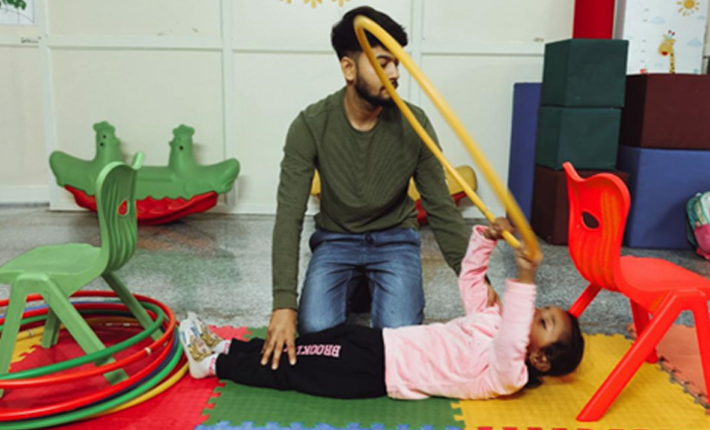
How Occupational Therapy Works
Occupational Therapy is a highly individualized process that begins with a thorough assessment of the child's communication abilities. A Speech-Language Pathologist (SLP) typically conducts the assessment, which may include:
Parent/Caregiver Interviews:
Input from parents and caregivers provides valuable insights into the child’s communication skills in everyday settings.
Observation Periods:
The SLP observes the child in different situations, such as playing or interacting with others, to identify communication challenges.
Standardized Tests:
These tests measure various aspects of speech and language, such as vocabulary, comprehension, articulation, and fluency.
Who Can Benefit from It?
Children who struggle with daily activities such as dressing, writing, or playing, and those with developmental delays.
Therapy sessions are designed to be engaging and fun, incorporating play-based activities that motivate the child and keep them interested. The frequency and duration of OT sessions vary depending on the child’s needs, ranging from once a week to several times a week, and can be conducted in various settings such as a therapy clinic, home, or school.
Book An Appointment
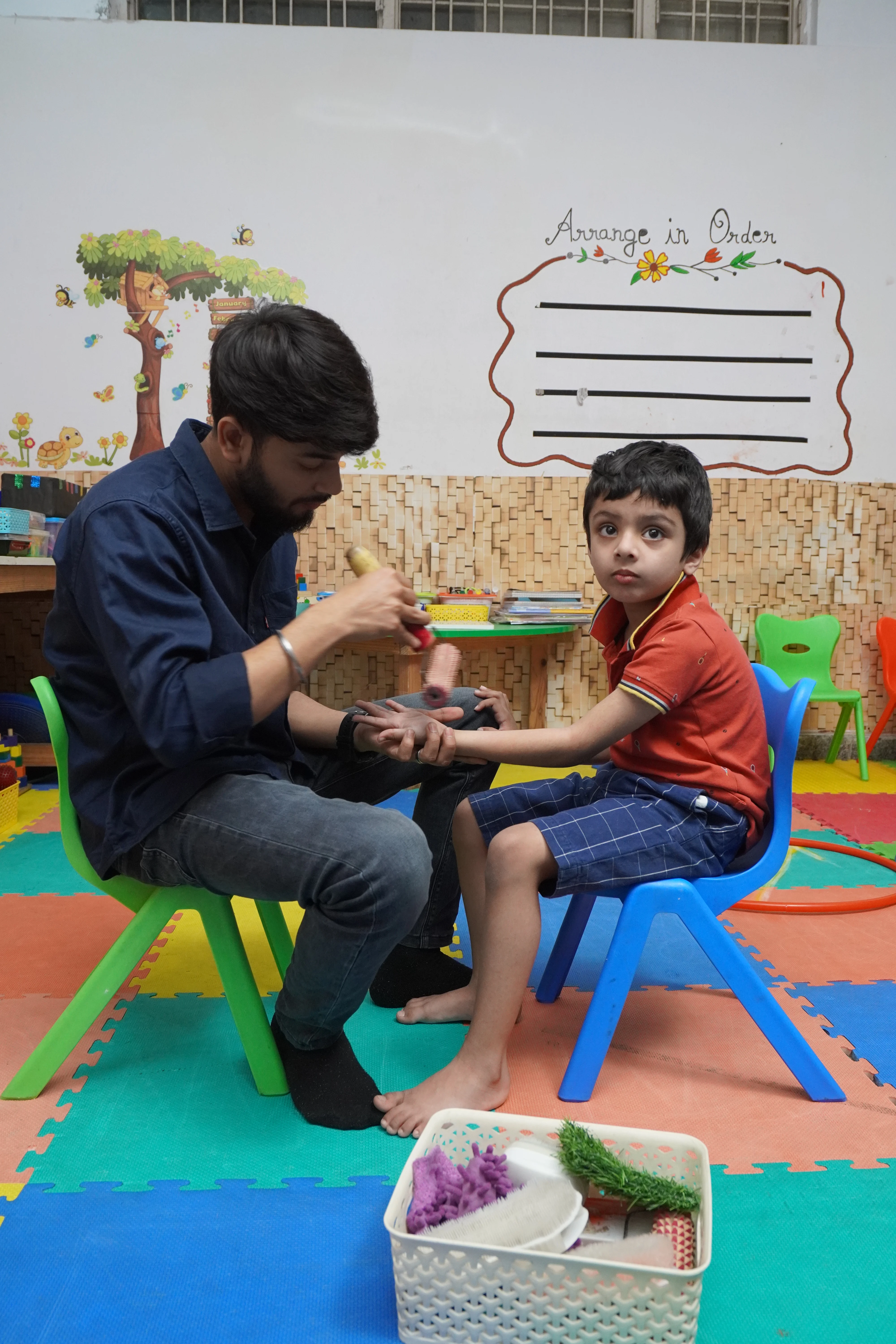
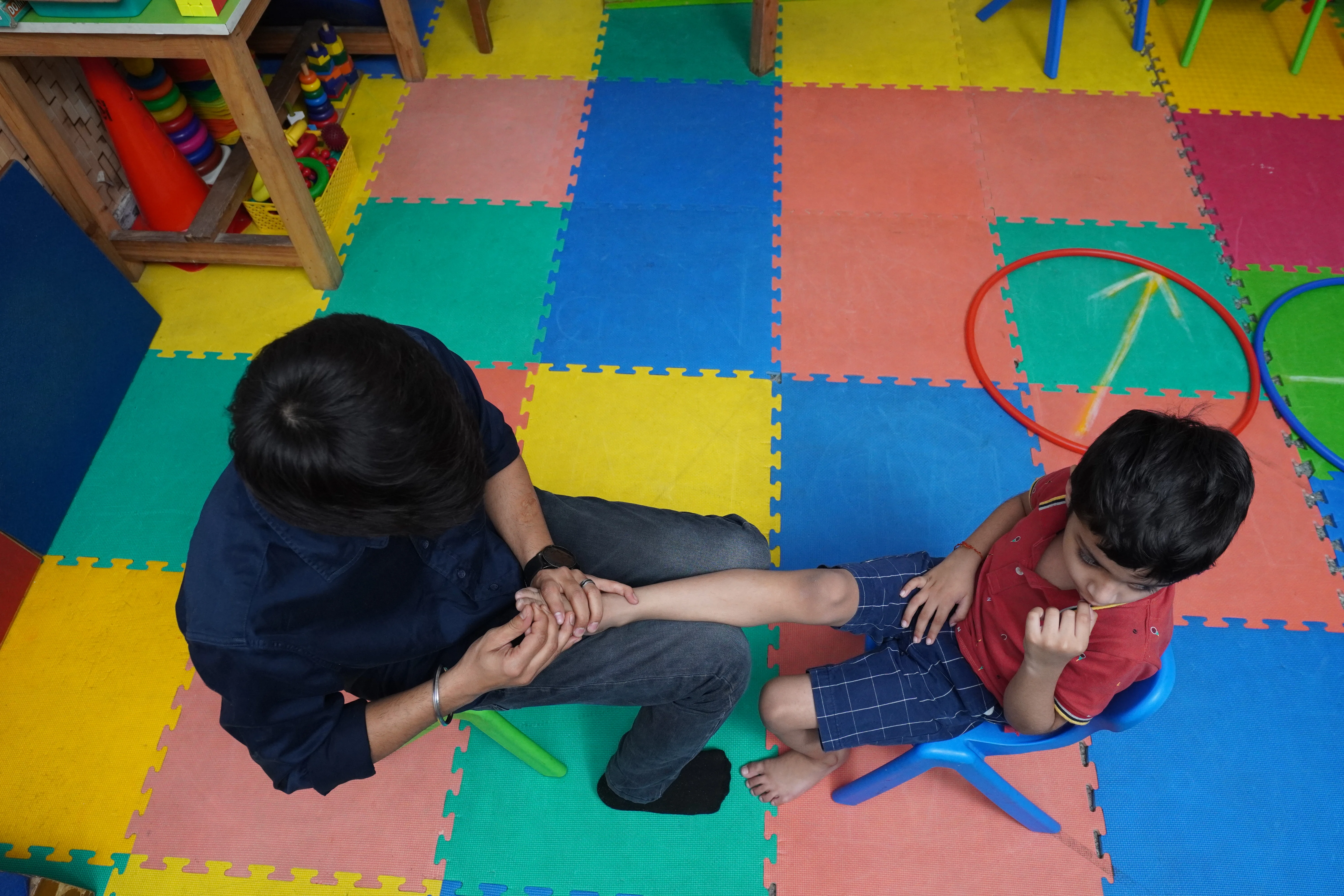
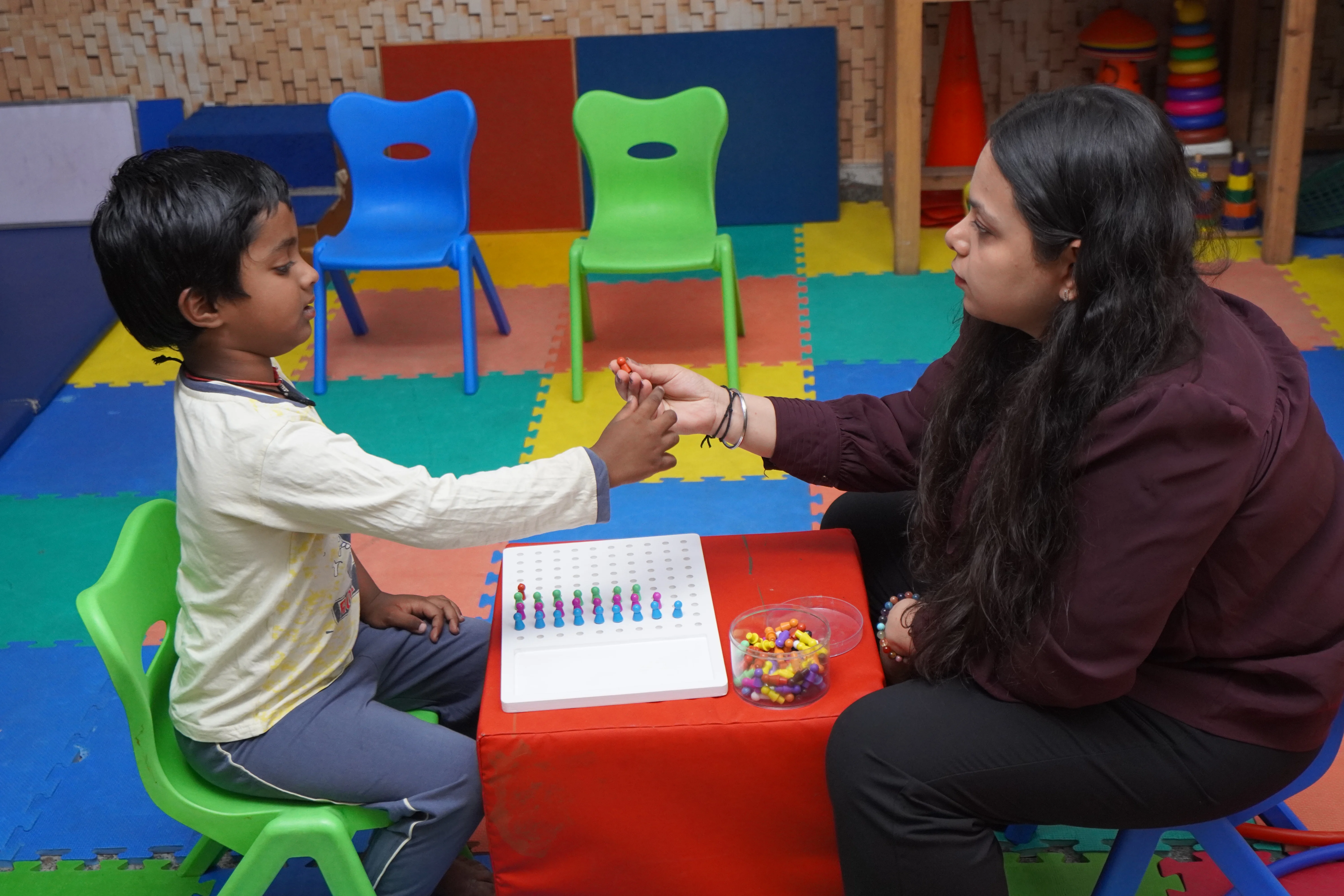
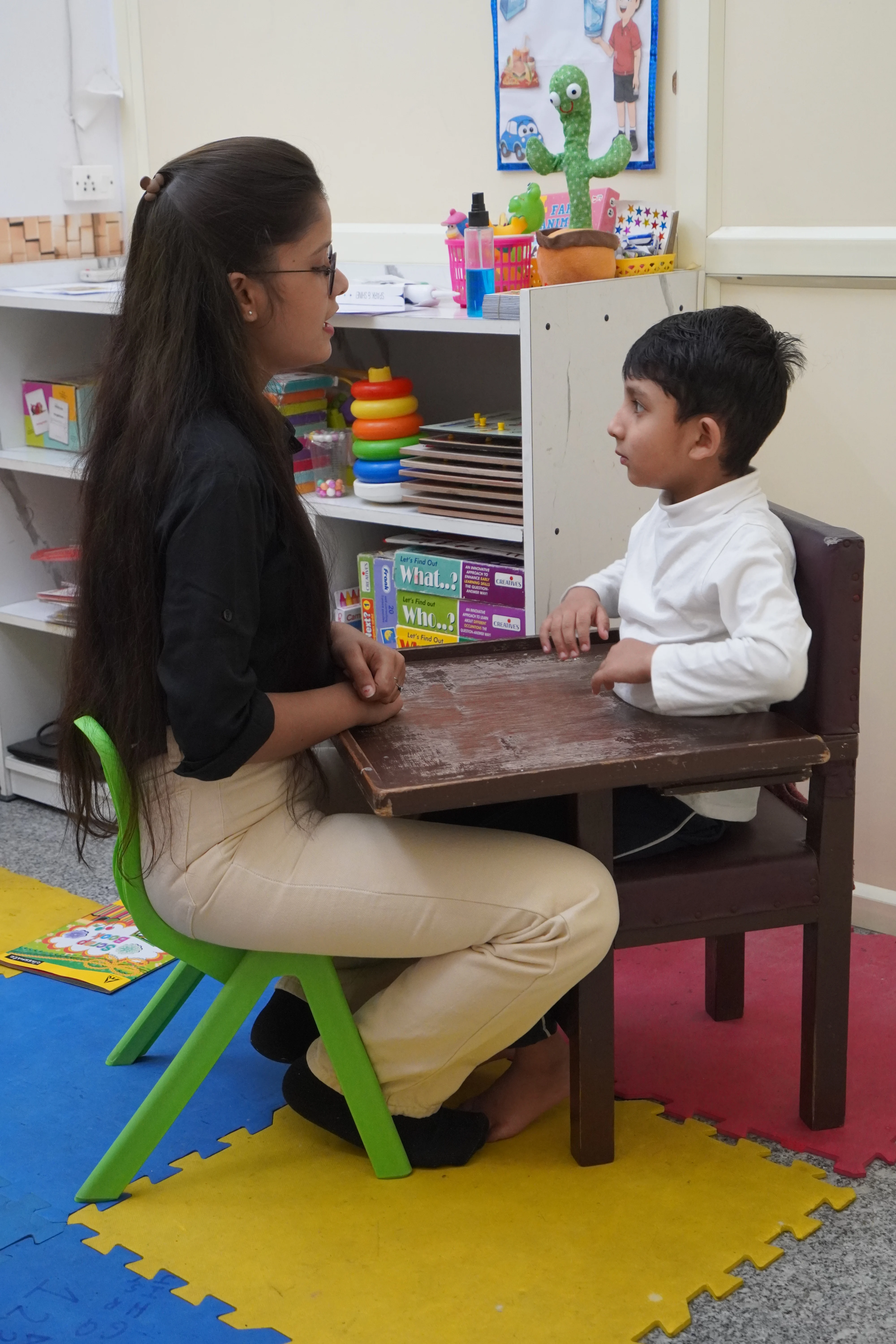
Donate us to achive our goal
that they cannot foresee.
